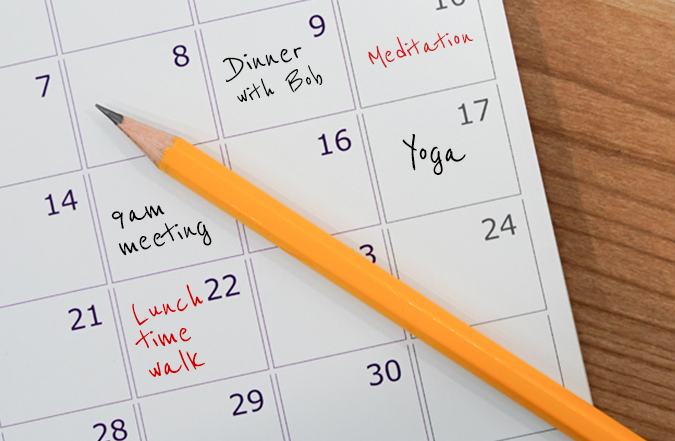
You know how trauma affects children and families. But do you know how it affects you?
Engaging with people who are in crisis or are recounting their trauma on a regular basis can result in a range of conditions—from burnout and compassion fatigue to secondary traumatic stress and vicarious trauma.
As a social worker, talking with children and families in crisis is part of your job description—maybe the majority. And, not coincidentally, child welfare workers experience burnout at a higher rate than other helping professions—with staff who carry caseloads and have been employed for three–five years suffering the most.
You can read more about the correlation between child welfare and burnout in this National Child Welfare Workforce Institute fact sheet (580 KB PDF).
Recognize the signs
Signs that your work is taking a toll on your life can be physical, emotional, and relational. Changes in appetite, headaches and other pain, feeling anxious, angry—or even heroic and invulnerable—can all be signs of stress that you need to address.
While it may sound obvious and is certainly easier to say than do, you must care for yourself in order to care for others. One way to stay healthy is to create a self-care plan.
Every self-care plan will look different. As you think about yours, consider including activities that:
- Engage each of your five senses
- Invigorate and stimulate your mind
- Nourish and move your body
- Refresh your spirit and restore your sense of purpose and hope
- Provide quiet time alone
- Focus on relationships and time with others
Make a plan that you can follow
Caring for yourself does not have to be time consuming. An effective self-care plan includes things you can do most days, every week or two, and a few times each year. Here are some examples:
Routine activities: These are the basis of your plan. This could include things like listening to music, doing a crossword puzzle, breathing deeply, or taking a walk.
Many people find that mindfulness exercises—like placing a piece of chocolate in your mouth and purposefully and intently focusing on the feel and taste as it melts—are easy and effective ways to combat stress. (See this Children’s Bureau Express article for more information about the benefits and techniques of practicing mindfulness.)
Weekly additions: This could be a hike with a friend, dinner out with your spouse, or going to coffee with a colleague. Taking care of yourself should be fun, too!
Special-occasion items: These should be things that give you strength and encouragement—maybe a weekend getaway or attending a national conference.
Let others help you stick with it
Create a schedule for implementing your self-care plan. Spread your daily activities throughout the day and into the evening and your less frequent activities across the week or year.
Copy your plan and share it with your spouse, partner, or close friend so they can serve as an accountability buddy. Post it somewhere you will see it every day or add it to your electronic calendar. These reminders will help you remember your self-care strategies when you need them most.
This issue of SAMHSA’s The Dialogue (1.5 MB PDF) provides a wealth of information and resources on stress management and self-care.
Tell us what’s in your plan!
How do you manage stress and avoid burnout? What advice have you given to help colleagues? Email your self-care suggestions to us and we’ll incorporate them into a future article.